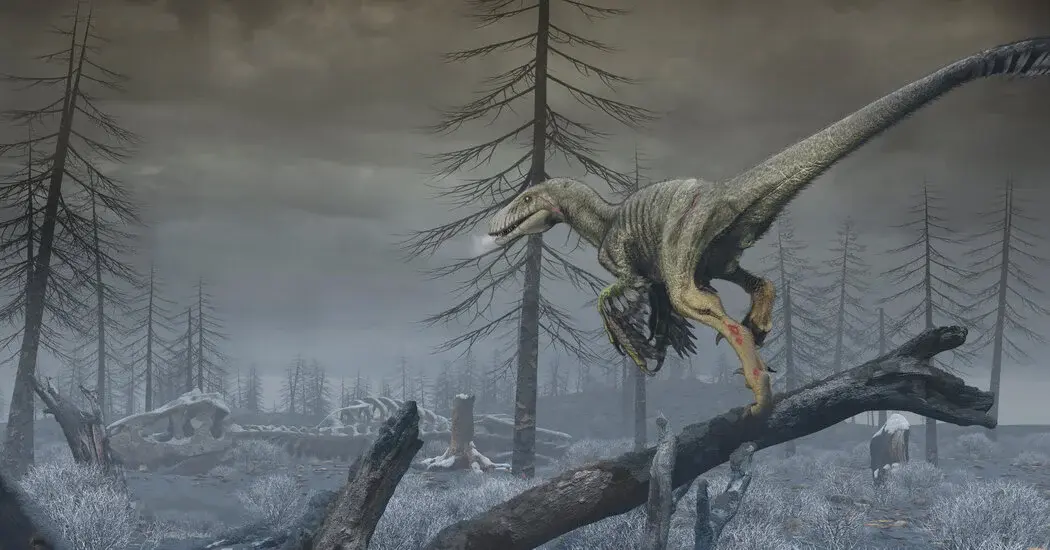A simulation suggests that fine particles played a stronger role in cooling the planet and stalling photosynthesis after an asteroid impacted the Earth.
The study’s authors say that micrometer-size fine silicate dust lingered as long as 15 years in the atmosphere after the impact and contributed to the global cooling. Also, photosynthetic activity on Earth may have ceased completely within two weeks following the Chicxulub impact largely because of fine dust.
Nature Geoscience
🤖 I’m a bot that provides automatic summaries for articles:
Click here to see the summary
Known as the Chicxulub impact, it set off a global shock wave, earthquakes and megatsunamis that exterminated the nonavian dinosaurs and plunged Earth into a long and dark winter.
During fieldwork in 2017, Pim Kaskes, a geologist at Vrije Universiteit Brussel in Belgium and an author of the new research, collected some fine-grained samples from a geological formation in North Dakota known as Tanis, which yielded a treasure trove of fossils.
He shared the samples with Cem Berk Senel, a paleoclimate modeling researcher at the Royal Observatory of Belgium who was then a graduate student at Université Libre de Bruxelles.
“One of the key questions we wondered was what was the primary governor of the Chicxulub mass extinction event because, in the literature, there have been diverse hypotheses addressing this phenomenon,” Dr. Senel said.
According to Dr. Senel’s computer simulations, which incorporated data from sulfur particles, soot and the measurements from Dr. Kaskes’s samples, fine dust was a climate heavy hitter.
Dr. Senel and Kaskes say the computer simulation does show a slight difference in climatic activity between the Northern and Southern Hemispheres, but they acknowledge that more research needs to be done.
Saved 74% of original text.
Dinosaurs Exit Planet - Dust



